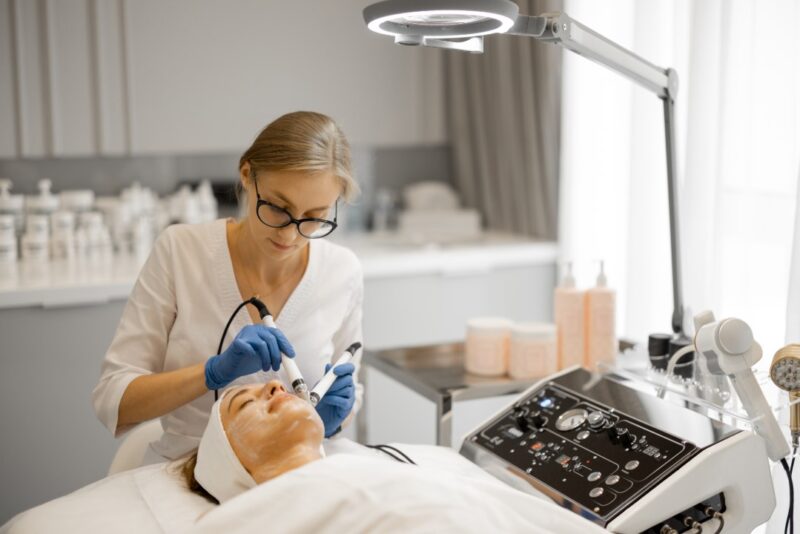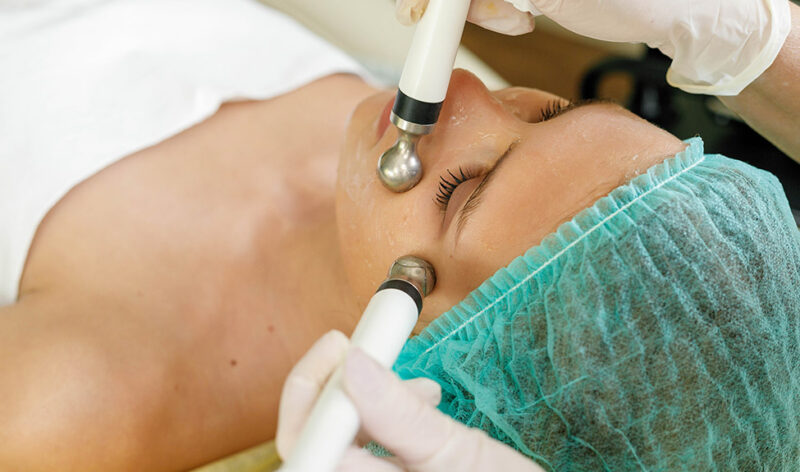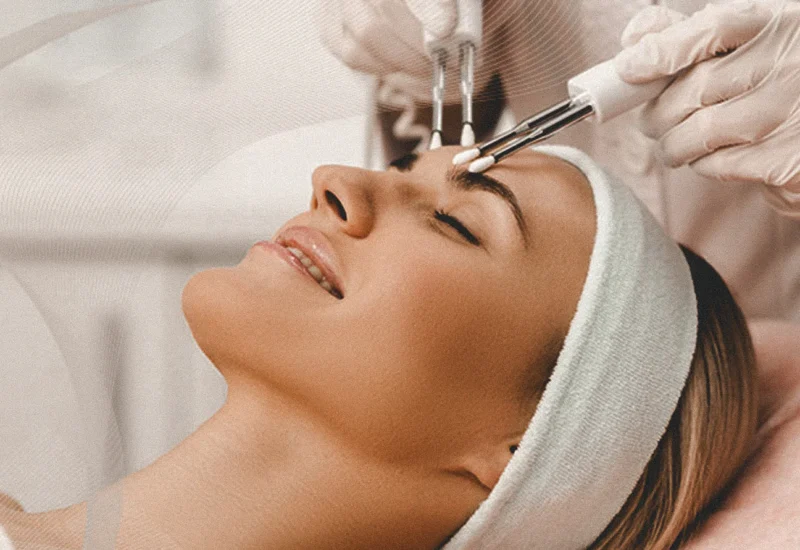In the ever-evolving world of skincare, anti-aging treatments are always at the forefront of our research. From serums to surgeries, the options are vast and often overwhelming.
One treatment that has gained significant popularity in recent years is microcurrent therapy, particularly using devices like Myolift. But the big question remains: Does microcurrent really work for anti-aging?
Let’s explore the science, benefits, and real-world results of this innovative skincare approach.
What Is Microcurrent Therapy?
Microcurrent therapy uses low-voltage electrical currents to stimulate the skin and underlying muscles. These currents are so gentle that they mimic the body’s natural electrical impulses, stimulating muscle tone, collagen production, and cellular repair without any pain or risk of injury. Devices like Myolift are available for professional or at-home use, offering a non-invasive way to improve skin firmness and reduce signs of aging.
How Does It Work?
The principle behind microcurrent therapy is to train and re-educate facial muscles, much like exercise tones the body. When muscles are stimulated, they become firmer and lift the skin, reducing sagging and wrinkles. Myolift devices also use a second setting to release muscle tension. Tension can cause wrinkle formation in areas like the mouth, eyes, and forehead. Additionally, microcurrent boosts ATP (adenosine triphosphate) production — the energy source for skin cells — which enhances cellular repair and collagen synthesis.
The Benefits of Myolift Microcurrent
- Facial lifting and toning ─ Many users report a noticeable lift in the cheeks, jawline, and brow area after consistent treatments.
- Wrinkle reduction ─ Microcurrent can diminish fine lines and wrinkles by reducing tension and stimulating collagen production.
- Improved skin texture ─ It promotes a smoother, more even complexion.
- Enhanced circulation ─ Increased blood flow delivers nutrients and oxygen, resulting in healthier skin.
- Product penetration ─ Microcurrent pushes hydration and nutrients deeper into the skin for enhanced benefits.
- Non-invasive & painless ─ Unlike surgical options, microcurrent treatments are gentle, with minimal discomfort and no downtime.

Does It Really Work? The Evidence
While individual results may vary, numerous clinical studies and user testimonials support the effectiveness of microcurrent therapy for anti-aging:
- Scientific studies ─ Research indicates that microcurrent can improve skin elasticity and firmness, with some studies showing measurable increases in collagen density.
- User testimonials ─ Many users experience a “lifted” appearance after a series of treatments, with some noting continued improvement over time.
However, it’s important to note that microcurrent is not a miracle cure. Consistency is key — most people see optimal results with regular sessions over several weeks.
Who Should Consider Microcurrent?
Microcurrent therapy is suitable for individuals looking for a non-invasive way to:
- Reduce the appearance of fine lines and wrinkles
- Achieve a more youthful, lifted look
- Improve overall skin tone and texture
- It’s generally safe for most skin types, but those with pacemakers, pregnancy, or certain skin conditions should consult a healthcare professional before starting treatments.
Final Thoughts
Microcurrent therapy with devices like Myolift offers a promising, non-invasive approach to anti-aging. While it may not replace surgical lifts, it’s an excellent option for maintaining youthful skin, especially when combined with a healthy lifestyle and good skincare habits.
If you’re curious about trying microcurrent treatments, consult a licensed skincare professional to develop a personalized plan. With patience and consistency, microcurrent can be a valuable tool in your anti-aging arsenal.

Clinical Studies
Kumar, N., & Singh, A. (2017).
Evaluation of the efficacy of microcurrent therapy on facial skin aging: A clinical study.
Journal ─ Journal of Clinical & Experimental Dermatology Research.
Summary: This study involved 30 participants undergoing microcurrent treatment sessions over 8 weeks. Results showed significant improvements in skin elasticity, firmness, and reduction of fine lines. The study concluded that microcurrent therapy effectively stimulates collagen production and enhances skin rejuvenation.
Kim, S., & Lee, H. (2015).
The effects of microcurrent stimulation on facial skin: A randomized controlled trial.
Journal ─ Dermatologic Therapy.
Summary: In this trial, 40 subjects received microcurrent treatments twice weekly for 10 weeks. The findings demonstrated a measurable increase in skin elasticity and collagen density, with participants reporting a more lifted and youthful appearance. The authors emphasized the regenerative potential of microcurrent therapy for skin aging.
Kim, H., et al. (2018).
Microcurrent stimulation enhances facial skin regeneration: A histological and clinical study.
Journal ─ Aesthetic Plastic Surgery.
Summary: This study combined clinical assessments with histological analysis of skin biopsies before and after microcurrent treatments. Results revealed increased collagen and elastin fibers, thicker dermal layers, and improved skin texture, supporting the role of microcurrent in skin rejuvenation at the cellular level.


